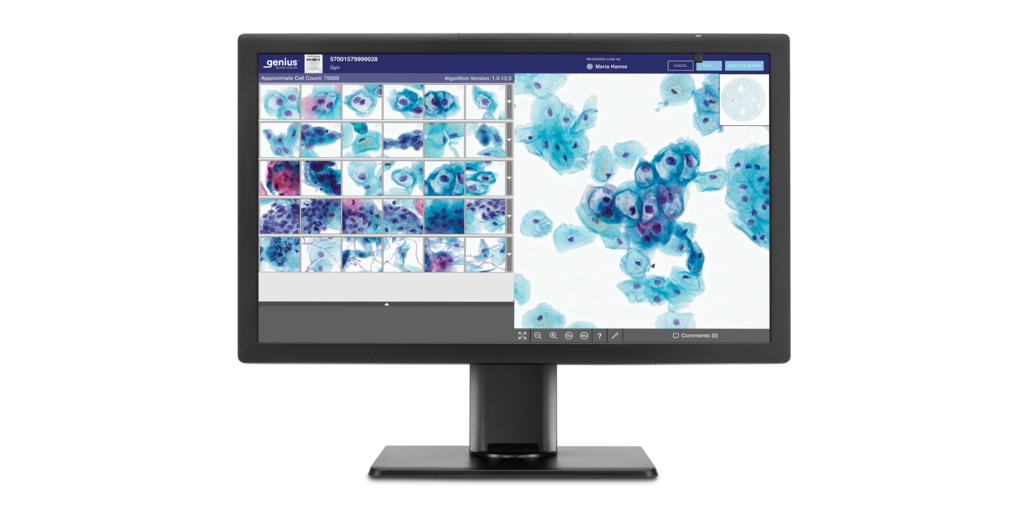Excess fat around the midline has been implicated in a number of chronic metabolic disorders, including type 2 diabetes. While patients are encouraged to manage their condition through diet and exercise, achieving significant weight loss is not always easy.
In an effort to help patients improve their metabolism, researchers at Columbia University Medical Center (CUMC) and the University of North Carolina have developed a microneedle skin patch impregnated with a drug capable of converting white fat into calorie-burning brown fat. The researchers published the details of their obesity treatment in the journal, ACS Nano.
White fat acts as a long-term energy store, and is a major contributor to obesity and type 2 diabetes. In contrast, brown fat burns calories much more readily, particularly in response to exposure to cold in an effort to maintain body temperature.
According to Dr. Li Qiang, assistant professor of pathology and cell biology at CUMC, while drugs already exist that promote the transition from white fat to brown fat – known as browning – their associated side effects have been prohibitive to more widespread use.
“There are several clinically available drugs that promote browning, but all must be given as pills or injections,” said Qiang. “This exposes the whole body to the drugs, which can lead to side effects such as stomach upset, weight gain, and bone fractures. Our skin patch appears to alleviate these complications by delivering most drugs directly to fat tissue.”
In their study, Qiang and colleagues encapsulated the browning drugs in nanoparticles to facilitate slow-release of the payload. The drug-containing nanoparticles were then added to the microneedle patch, which would release the drug through microscopic needles once applied to the skin.
“The nanoparticles were designed to effectively hold the drug and then gradually collapse, releasing it into nearby tissue in a sustained way instead of spreading the drug throughout the body quickly,” said Dr. Zhen Gu, associate professor of joint biomedical engineering at the University of North Carolina at Chapel Hill and North Carolina State University.
The drug-containing skin patch was then tested on mice to determine how well it was able to promote browning over a four-week period. One drug-containing patch, and one empty patch were placed onto the mice on either side of the abdomen for comparison, and patches were replaced every three days.
Mice treated with the drug patch showed a 20 percent reduction in fat on the side where the drug patch was attached, compared to the untreated side. These mice also showed significantly lower fasting blood glucose levels compared to the untreated control mice, suggesting improved insulin sensitivity.
“Many people will no doubt be excited to learn that we may be able to offer a noninvasive alternative to liposuction for reducing love handles,” says Dr. Qiang. “What’s much more important is that our patch may provide a safe and effective means of treating obesity and related metabolic disorders such as diabetes.”
In response to their positive results, the researchers plan to continue to investigate which combination of drugs will be most effective at promoting browning. As the patch has yet to be tested in human patients, it’s unclear when the drug delivery device might be available for use in the clinic.












Join or login to leave a comment
JOIN LOGIN